The Internet of Things (IoT) is transforming our homes, businesses and public spaces – mostly for the better – but without proper precautions IoT devices can be an attractive target for malicious actors and cyberattacks.
Security threats involving IoT devices often stem from the fact that many IoT devices usually have single-purpose designs and may lack broader capabilities to defend themselves in a hostile environment. For example, a door bell, a toaster or a washing machine frequently do not contain as much storage, memory and processing capability as a typical laptop computer.
By some estimates, there will be more than 21 billion connected devices on the market by 2025, and the proliferation of this technology will only continue to impact our daily lives in a multitude of ways.
But as more connected products are invented and introduced for both business and consumer use, the security challenges related to these connected IoT devices continue to increase, in part due to a lack of consistent security controls. Even if the networks that the connected devices operate on are considered secure, IoT device security is still only as good as the security of the products themselves.
Because the IoT industry has predominantly lacked a globally recognized, repeatable standard for manufacturers, channel owners, regulators and other key parties to turn to, IoT device security continues to be a major challenge. It’s therefore especially important for companies to not only be aware of potential vulnerabilities, but also to take action to build more secure products – before they ever get into the hands of the end user.
Below are 10 design and development approaches/best practices that can help mitigate IoT security issues and ensure that IoT delivers on its promise to improve our lives.
10. Hiding live ports: The best practice for hiding live ports is to actually not hide them at all – and definitely to not use easy to peel off plastic covers. Live debug ports such as USB and JTAG may provide a hacker access into the firmware of the device. If live debug ports are required, they should be disabled so that only authorized systems/users can re-enable them. However, if hiding them is required, it’s important to make it as difficult as possible for someone to access them – and to avoid plastic caps whenever possible.
9. Common/default passwords: Most people don’t change their passwords from the default, making it easy for hackers to gain access to devices. In the future, passwords may be replaced altogether, but for now, they should at least be unique, random and distinct for each consumer device. During setup, users should be prompted to change the password the device was shipped with to further bolster security.
8. Relying solely on network security: Introducing layers of security can be a great way to avoid compromised data. The security principle of defense in depth dictates that when multiple layers are in place, attacks are more effectively thwarted. While network security is helpful, if the device is solely reliant on this for communication, it can lead to further compromised information.
7. Sending without encryption: Avoid sending any information without encryption, because without it, communications between devices are simply not secure. Everything should be encrypted, with approved encryption algorithms, so that when information leaves the device and goes to the server, internet, or any other access point in a home, it is protected from unauthorized access and modification. For IoT devices communicating over wireless technologies, it is important to also encrypt application data within the network tunnel. Adding application security to the mix is highly recommended and preferred to help mitigate these issues.
6. Overriding security and certificate checks: Simply put – small, compact digital certificates are a proven way for IoT devices to trust each other and for servers to authenticate IoT devices. However, oftentimes, proper certificate validation at the IoT device is overridden, diluted or negated, nullifying the security provided by digital certificates. This can lead to undesired security consequences, such as man-in-the-middle attacks. Keep these checks as part of your security measures to ensure certificates are up to date, valid and issued by trusted authorities.
5. Public visibility: There is no need for a device to advertise unique information such as (but not limited to) serial number that will identify it and allow it to be identified over unsecure connections, whether Wi-Fi, Bluetooth or beacons. The best practice is to be incognito and employ randomization techniques over the airwaves. The “less is more” approach is necessary to protect privacy and prevent tracking. However, when device-identifying information is needed for device discovery, registration and verification, it should be used in a secure manner, only exchanging securely and with authenticated and authorized devices. Local display may need to be made available for configuration, which is obviously important to protect display configurations with secure unique passwords, tokens or other standardized security authenticating mechanisms.
4. Access of devices’ private key: The security of digital certificates is only guaranteed when the private key is sufficiently protected from disclosure and unauthorized modification. This can be difficult to accomplish on some IoT devices that lack specialized hardware to protect sensitive information. However, today, low-cost and secure elements are available and can be embedded into IoT devices to protect sensitive keys that are injected into these devices at manufacturing time. Today’s technology allows for the size of the key to be reduced and compressed, so that the devices can attest to their identity without revealing private information. Such private information should be kept in secure elements.
3. Blockchain for added security: Blockchain empowers IoT devices to defend themselves in hostile environments by making autonomous decisions with high degree of confidence. The cryptographically-signed transactions allow devices to determine the authenticity of the transactions before acting on them. Using such transactions, IoT devices can also assert their ownership, i.e., to whom they belong. So, if a rogue entity attempts to own the device, the IoT device can reject the access attempt. In addition, the distributed data contained in blockchain is cryptographically hashed and anonymized, providing “out-of-the-box” privacy for devices and the users who interact with them…[…] Read more »….




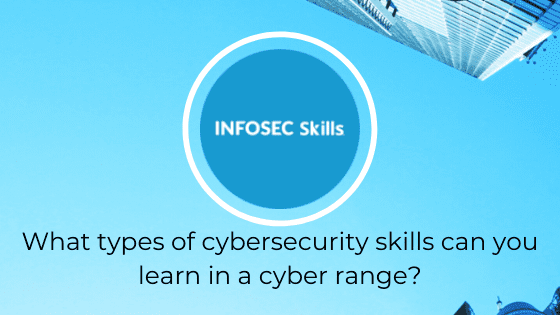
















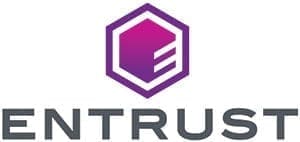


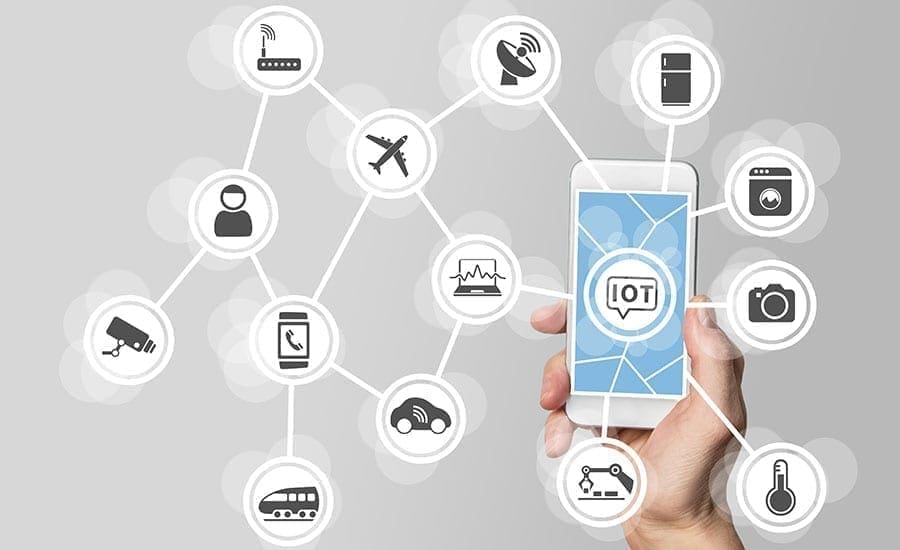


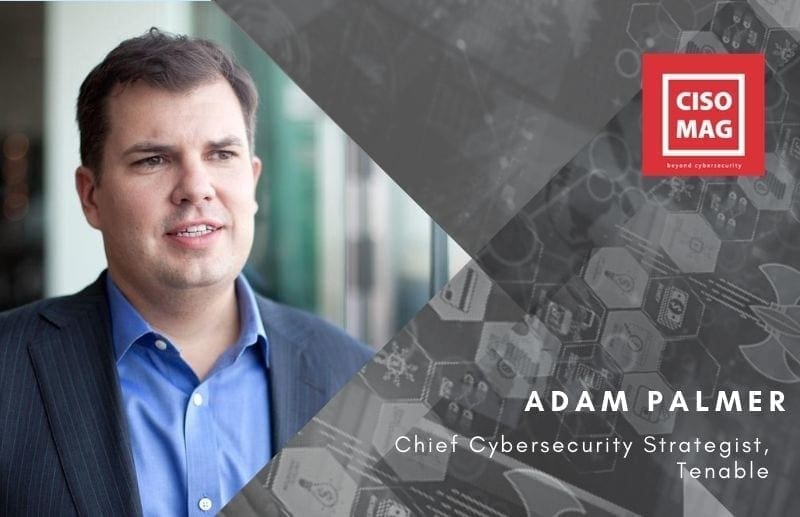
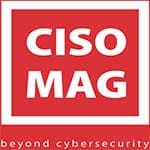



In today’s digital landscape, the role of the CXO has become the most dynamic amongst their peers. CXOs are focused on finding the most transformative technologies that enable them to bring value to their enterprise and customers.
Apex Assembly is proud to host an exclusive and private CIO National Digital Transformation Summit focusing on Cloud Optimization, Analytics, DevOps, Security, ML, AI and IT Transformation related topics. Enterprise executives are on the hunt for the right platform to deploy in order to achieve faster innovation, secure seamless delivery and flexible deployment.
With unceasing demands, technology has become more complex and solution providers more difficult to decipher.
Apex Assembly will unite visionary leaders and industry experts for a half day of content and discussion, where we will examine the challenges of 2021 and concentrate on the most pressing issues of 2022 in the information technology sector.
Through collaboration with our executive community, we have discovered key industry challenges and trends. These topics form the foundation of the Summit and will be addressed through Panels, Disrupter sessions, and Fireside chats.
Hosted using video conferencing technology, our Virtual Summit gives executives and service providers the opportunity to engage with like-minded executives and industry leaders without having to leave their office or home.